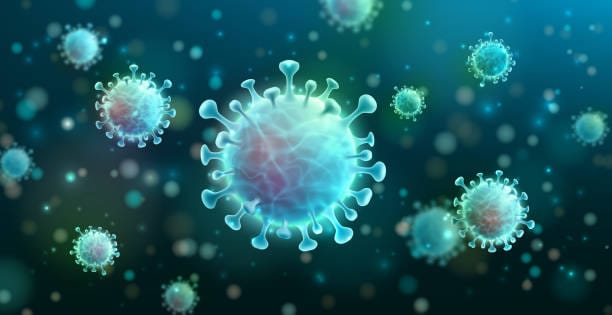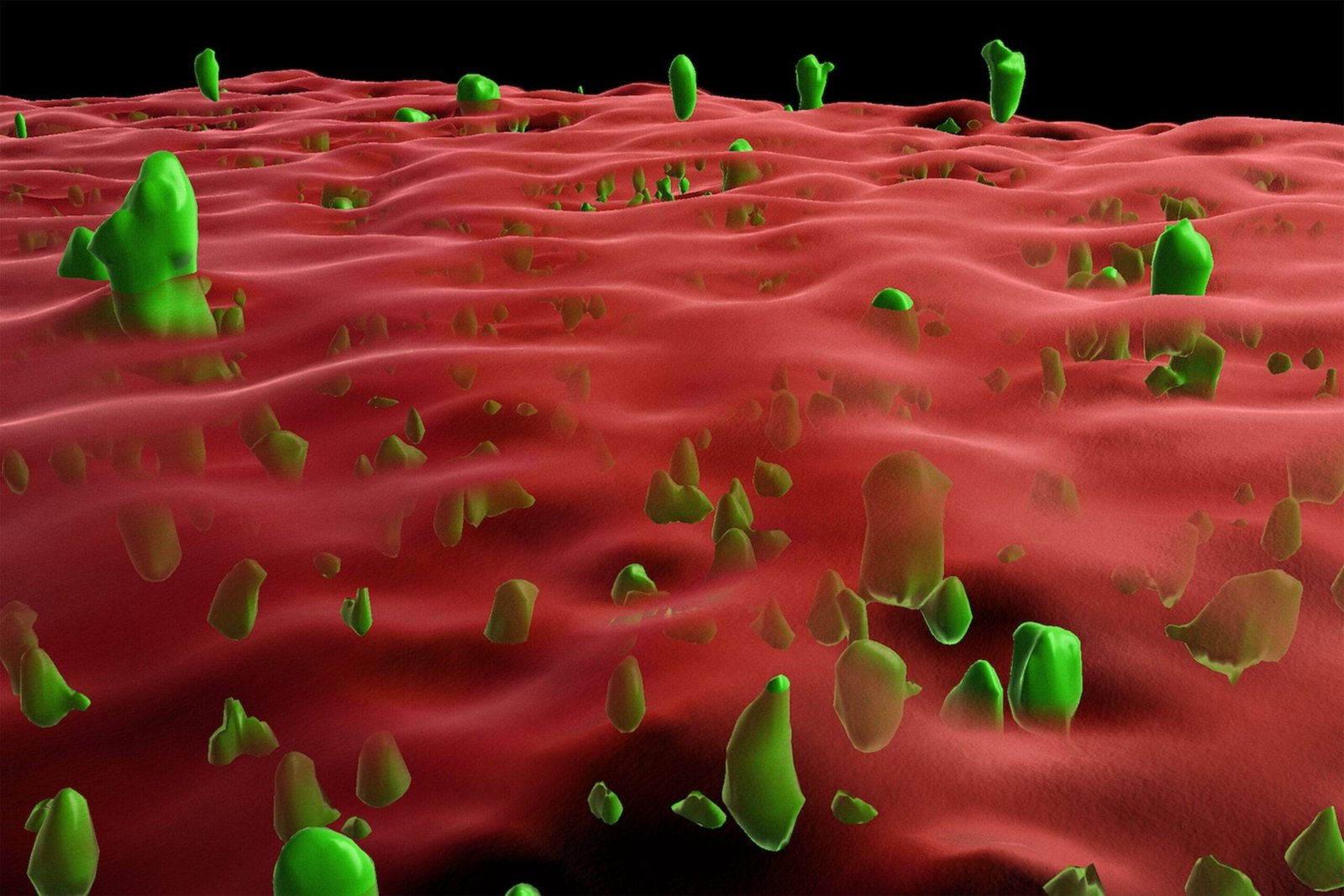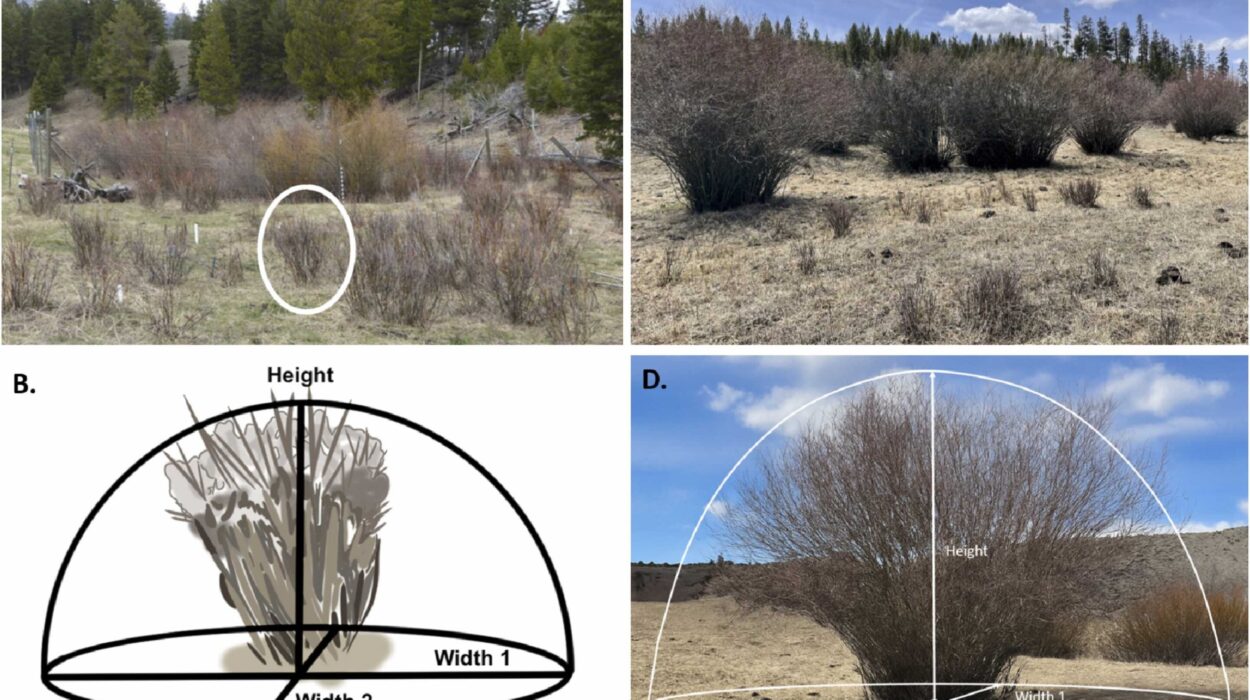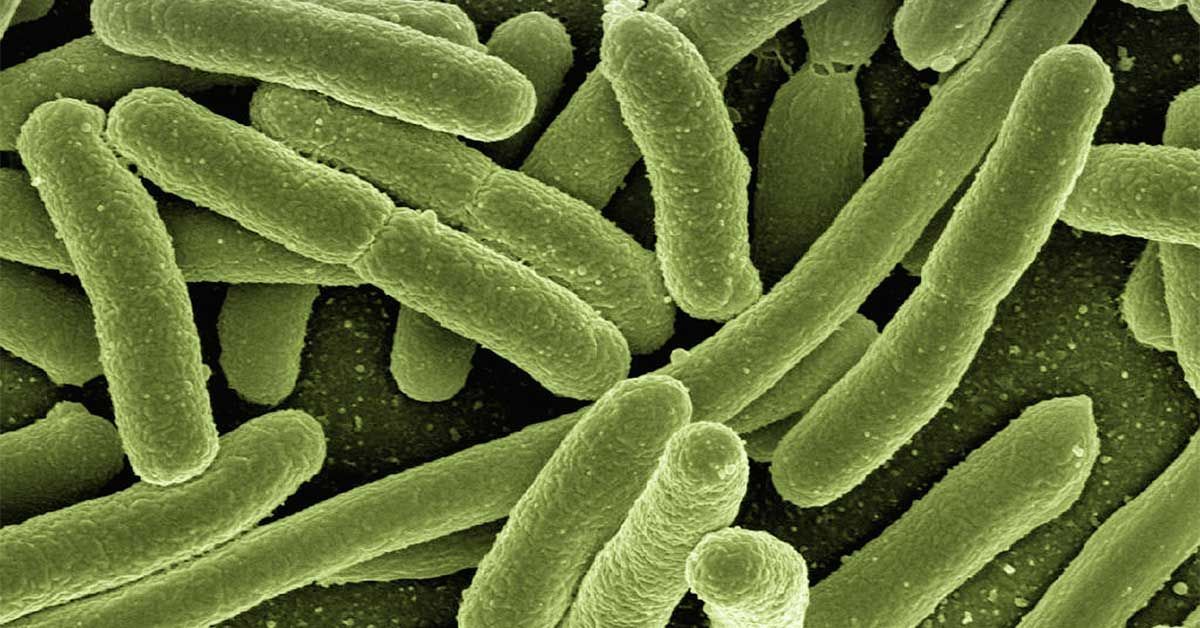A team of chemists and agriculture specialists has successfully developed a process that transforms urea found in wastewater into percarbamide, a compound that can be utilized as a highly effective fertilizer. The team’s findings, detailed in a paper published in Nature Catalysis, offer new hope for more sustainable agricultural practices while addressing environmental concerns linked to wastewater and fertilizer production.
This development holds particular promise for reducing agricultural dependence on traditional, resource-intensive nitrogen fertilizers. The creation of percarbamide from human and animal urine offers a new, more sustainable way to produce fertilizers directly from waste, contributing to the circular economy while also benefiting crops.
The Importance of Urea in Agriculture
Urine, particularly human urine, has long been known to contain high levels of nitrogen—an essential element for plant growth. In fact, nitrogen is the key ingredient in many commercial fertilizers. Other valuable compounds found in urine, such as phosphorus and potassium, are also beneficial to plants. For centuries, human urine has been used in smaller-scale gardening, with farmers and home gardeners applying diluted urine as a nutrient source for plants.
However, despite its nutrient-rich properties, urine has faced significant barriers in being used effectively on a large industrial scale. Traditional methods of extracting nitrogen from the air, such as the Haber-Bosch process, have long been the primary way of producing nitrogen fertilizers, but these processes are highly energy-intensive and rely on fossil fuels. On the other hand, while urine contains vital nutrients, collecting and processing large quantities efficiently has proven difficult and often inefficient for widespread agricultural use.
The Challenges of Scaling up Fertilizer Production
The new technique developed by the research team tackles these challenges head-on. In traditional large-scale fertilizer production, the energy and financial costs of creating fertilizers like ammonia or nitrates from raw nitrogen gas remain a significant hurdle. Fertilizers made through these processes are chemically stable and have long shelf lives, but they are often overproduced and poorly regulated, leading to environmental issues like waterway contamination and soil depletion.
However, the need for a more sustainable source of nitrogenous fertilizers has been clear. The production of percarbamide from urea provides an opportunity to recycle nitrogen from a common waste stream that’s otherwise considered a nuisance: wastewater. Urea in urine or animal waste can be turned into a valuable fertilizer with a more sustainable and energy-efficient approach.
The Groundbreaking Process: Converting Urea into Percarbamide
The process developed by the team is ingeniously simple yet effective. It involves the use of graphite sheets, which are intentionally grown with specific atomic defects to act as a catalytic electrode. This catalyst facilitates the key chemical reaction, where the urea in wastewater interacts with hydrogen from the water and oxygen from the air to create percarbamide crystals. These crystals, much like the traditional fertilizers used in agriculture, can now be employed to feed crops with crucial nutrients.
Here’s how the process works in detail:
- Preparation of Graphite Sheets: First, the team produces specially designed graphite sheets with carefully engineered defects in the arrangement of their atoms. These defects serve as “sites” that allow the catalyst to work effectively.
- Electrochemical Reaction: The graphite sheets are then placed into a wastewater solution containing high concentrations of urea. An electric current is applied to the solution, initiating an electrochemical reaction. The current triggers the decomposition of the urea molecules, combining them with oxygen (from the air) and hydrogen (from the water).
- Formation of Percarbamide Crystals: As the reaction continues, the elements in the solution come together to form solid percarbamide crystals. These solid crystals can then be easily filtered from the solution, offering a new form of nitrogen fertilizer that has the potential to be both effective and sustainable.
The development of this process marks an exciting shift towards converting waste into valuable, reusable products while reducing the environmental footprint. It’s a significant step away from energy-intensive methods of nitrogen fertilizer production toward a more natural, resource-efficient solution.
Field Tests: Encouraging Results on Edible Crops
To validate their innovation, the research team conducted field tests using percarbamide as a fertilizer for common edible crops, including peanuts, wheat, and lettuce. These tests revealed a promising outcome—plants fertilized with percarbamide grew significantly taller than those receiving traditional chemical fertilizers.
The success of percarbamide as a fertilizer lies in its unique crystallized structure. This crystalline form allows nitrogen to be released slowly and consistently into the soil, mimicking the way natural fertilizers (like decomposing organic matter) feed plants. This slow-release process offers a more balanced supply of nutrients, reducing the risk of nutrient leaching, a major environmental concern associated with conventional fertilizers. By releasing nitrogen gradually, percarbamide ensures that plants can absorb nutrients more efficiently over an extended period.
One of the most notable findings from the field trials was the increased growth rate of crops—a direct reflection of the more efficient absorption of nitrogen compared to plants treated with traditional synthetic fertilizers. This points to the potential for percarbamide to offer a better long-term solution for crop health, reducing the need for frequent fertilizer applications and improving overall soil health.
Sustainable Fertilizer: A Step Toward Circular Economy
What sets this breakthrough apart is its focus on recycling waste materials—in this case, wastewater and urea from human and animal urine—into a high-value product that benefits both agricultural productivity and the environment. With modern agricultural practices frequently criticized for their wastefulness and reliance on synthetic chemicals, this method offers a way to address both issues by recycling a common waste product into a resource.
Additionally, the ability to close the nitrogen loop—recycling nitrogen from biological waste back into agricultural use—aligns with the principles of a circular economy, where materials and nutrients are continuously reused and waste is minimized.
The need for sustainable fertilizer solutions has never been more critical, given the environmental impact of synthetic fertilizers, including waterway pollution, soil degradation, and greenhouse gas emissions. By offering a more natural alternative with percarbamide, this breakthrough aligns with global efforts to transition toward more environmentally friendly agricultural practices and reduce dependency on industrial-scale synthetic fertilizers.
Challenges to Scaling the Technology
While the results from the team’s tests are impressive, they also acknowledge that scaling the process to meet the demands of industrial farming would be challenging. The current method, based on electrochemical reaction in a lab setting, may not be immediately suitable for large-scale, mass-production systems without further optimization.
However, the researchers suggest that the technology could initially be used in smaller-scale agricultural settings, particularly in regions where wastewater treatment and management infrastructure is underdeveloped. Local farms, urban agriculture projects, and smaller-scale commercial operations may have the most potential for adopting this process in the near future.
Additionally, researchers are working on streamlining the efficiency and scalability of the process, which involves optimizing the reaction rates, refining the catalytic electrodes, and reducing energy consumption during production. With continued research and development, it may become possible to make percarbamide a viable, widespread fertilizer option for larger agricultural operations in the years ahead.
Conclusion
This innovative process represents a significant step toward more sustainable, environmentally friendly agricultural practices. By turning wastewater and urea into percarbamide, a nitrogen-rich fertilizer, the researchers have provided a means to recycle waste and improve agricultural productivity without the need for conventional, chemical-intensive fertilizers. The results from crop trials with peanuts, wheat, and lettuce demonstrate the potential of percarbamide as an effective, slow-release fertilizer for edible crops.
Despite some challenges in scaling the process for industrial use, this breakthrough points to a future where waste products can be recycled to meet the growing global demand for fertilizers while promoting sustainable agriculture. As research continues to refine the process, percarbamide could soon play a key role in transforming how we grow food—and how we think about waste.
Reference: Xinjian Shi et al, In situ electrochemical production of solid peroxide from urine, Nature Catalysis (2025). DOI: 10.1038/s41929-024-01277-3






